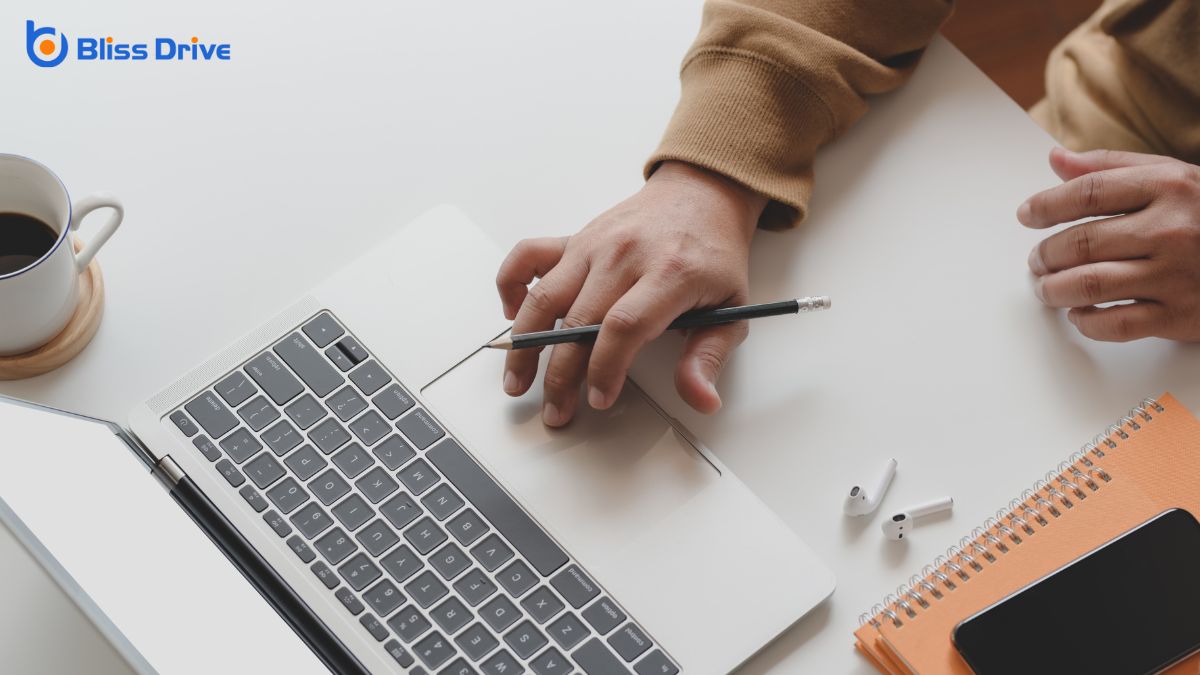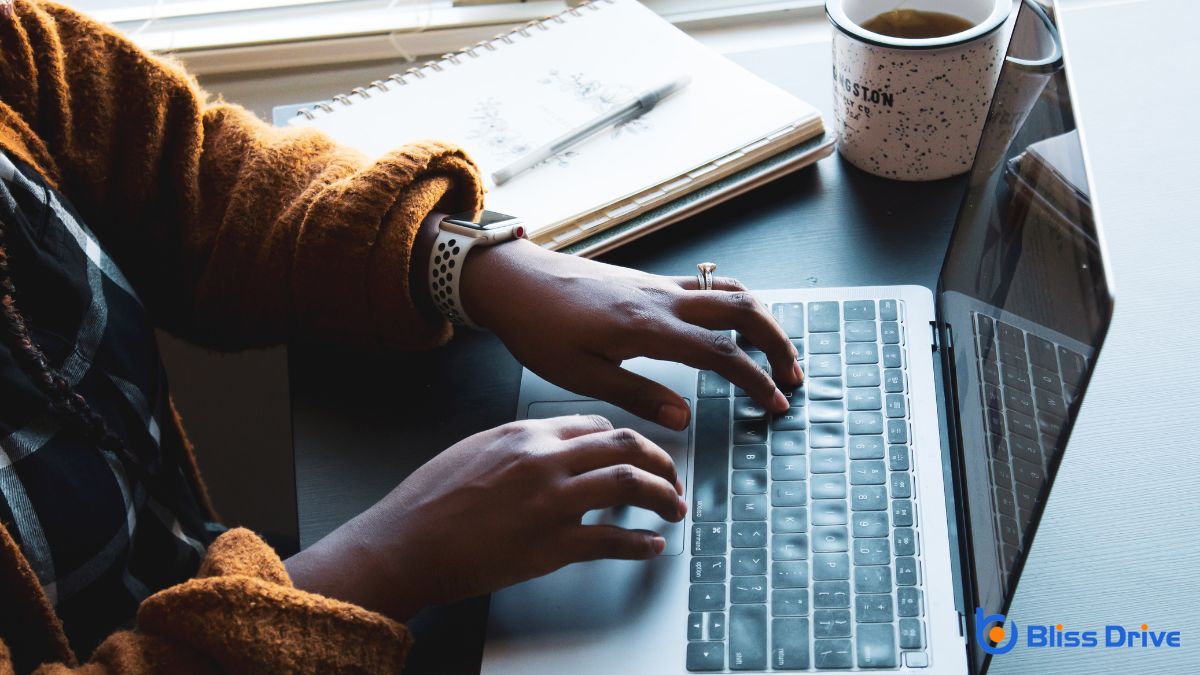Digital Marketing Services
Learn More About Us

Optimizing your internal link strategy for SEO can greatly boost your site's visibility and user engagementThe level of interaction and involvement users have with social media content.. By carefully connecting high-value pages and cornerstone content, you guide visitors seamlessly through your site, enhancing their experience and helping search engines understand your content better. But how do you choose the right pages and anchor textThe clickable text in a hyperlink, important for SEO as it provides context for the linked page. to guarantee maximum impact? Explore the nuances of effective link strategies to access the full potential of your website.

When you optimize your website, understanding the importance of internal linkingLinks that connect different pages on the same website. can greatly enhance your SEO efforts. Internal links connect pages within your site, guiding users to relevant content and helping search engines understand your site's structure.
By strategically placing these links, you can distribute page authority across your site, making it easier for search engines to index your content.
You'll want to create a logical flow that enhances user experience and keeps visitors engaged. This practice not only boosts your SEO but also encourages users to explore more of your site.
When search engines notice that users spend more time on your site, it signals that your content is valuable, potentially improving your rankingsThe position at which a website appears in the SERP..
How do you determine which pages on your site are critical for link buildingThe process of acquiring backlinks from other websites.? Start by identifying your high-value pages. These are pages that generate significant traffic or conversions. Use analyticsThe systematic computational analysis of data or statistics to gain insights and support decision-ma... tools to spot these pages based on metrics like page views, bounce rates, and conversionThe completion of a desired action by a referred user, such as making a purchase or filling out a fo... rates.
Next, consider pages that already rank well in search results but could benefit from a boost. Linking to these can enhance their visibility.
Also, focus on cornerstone content—comprehensive, informative pages that represent your site's main topics. These deserve internal links to signal their importance to search engines and users.
Finally, think about new pages or those promoting essential products or services. By linking strategically, you'll enhance SEO and guide visitors to the most valuable parts of your site.
Selecting the perfect anchor text is essential for maximizing the effectiveness of your internal links. It helps search engines understand the context of the linked page, improving your site's SEO.
Here's how to choose wisely:
Wondering how to enhance your site's SEO through internal linking? Begin by structuring your website to guarantee effective link flow.
Consider your site's hierarchy like a pyramid, with the homepage at the top and more specific content branching below. This structure helps distribute link equity, guiding users and search engines seamlessly across your pages.
Start by guaranteeing your main navigation is clear and logical. Use breadcrumb links on internal pages to show users where they're within your site's structure.
For deeper pages, employ contextual links within your content that naturally leadA potential customer referred by an affiliate who has shown interest in the product or service but h... to related articles or services. This not only improves user experience but also boosts search engines' ability to index your pages, ultimately enhancing your site's SEO performance.
After setting up a solid structure for effective link flow, it's important to keep an eye on how these links perform.
Monitoring and analyzing your internal links guarantees they're driving traffic and enhancing user experience. Here's how you can track their performance:

How often do you find yourself overlooking the small details that can make or break your internal linking strategy?
It's easy to miss the mark by linking irrelevant pages or overloading a page with too many links, which dilutes link equity.
Be sure to check for broken links, as they disrupt user experience and harm your SEO.
Avoid using generic anchor text like "click here," which doesn't inform search engines about the linked page's content. Instead, use descriptive, keyword-rich anchor text.
Don't forget to update your internal links when you add new content or restructure your site.
Keep your links relevant, functional, and strategically placed to guide users and enhance your site's SEO.
Internal linking guides you through a website seamlessly, enhancing your navigation experience. You find related content quickly and easily, reducing frustration and improving overall satisfaction. It makes your journey through the site intuitive and engaging.
Yes, internal links can affect page load speed if they're excessive or improperly managed. When you optimize them, make certain they don't overwhelm your pages, as too many links might slow down loading times, impacting user experience.
In mobile SEOOptimization techniques to ensure a website performs well on mobile devices., you use internal linking to enhance navigation, distribute link equity, and improve user experience. It helps search engines crawl your site efficiently, ensuring your mobile pages rank well and users find content easily.
You should audit your internal links every few months. Regular updates help maintain site relevance and fix broken links. It guarantees your content stays accessible and ranks well, providing a seamless experience for both users and search engines.
Yes, internal linking does influence your site's crawl budget. When you improve your internal links, you help search engines efficiently navigate your site, ensuring important pages are indexed more frequently, ultimately optimizing your site's overall performance.
By focusing on internal link strategies, you can greatly boost your site's visibility and user engagementThe interactions that users have with a brand’s content on social media.. Identify high-value pages and use descriptive anchor text to guide both users and search engines seamlessly. Structure your website to optimize link flow and regularly monitor your links' performance to make certain they're driving traffic effectively. Avoid common mistakes, and keep refining your approach. With dedication and attention to detail, your internal linking strategy will enhance your site's SEO and overall success.
